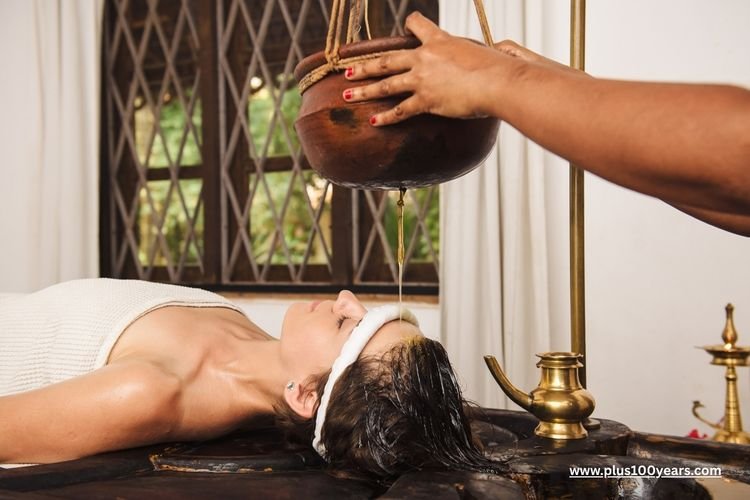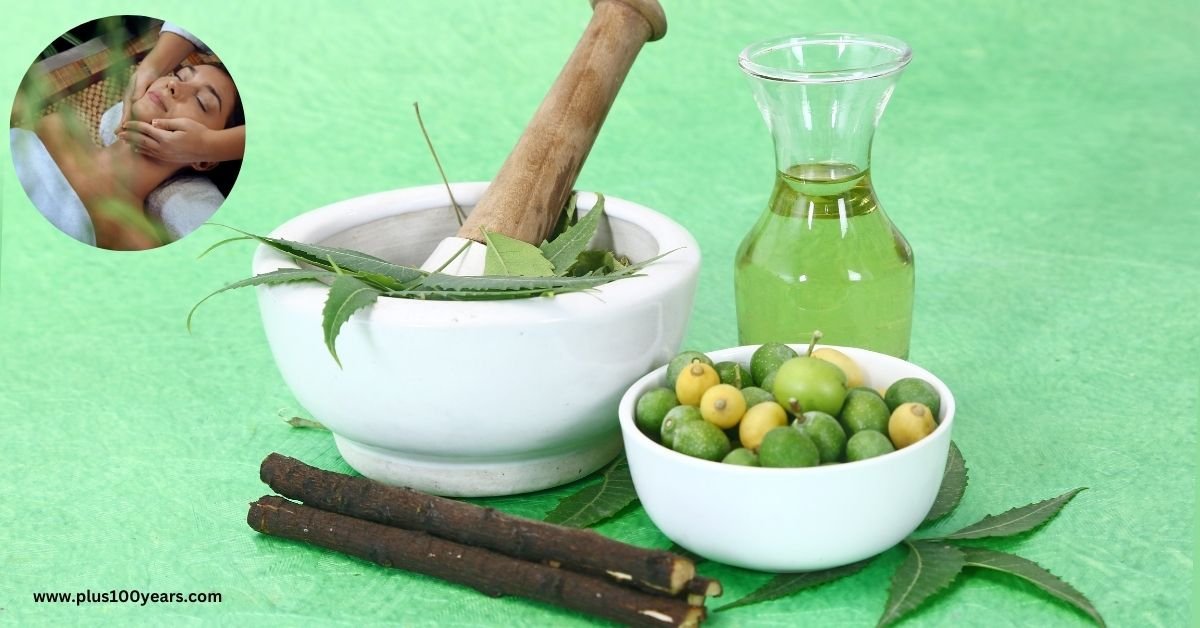Updated: 02-09-2025
What Is Ayurveda Treatment?
In the fast-paced and stressful world of today, more people are turning to the Ayurveda lifestyle as a path to holistic wellness.
Why AyurVeda is So Relevant In Today’s Times?
Unlike conventional medicine, which often treats only the symptoms, Ayurveda focuses on identifying the root problems by way of natural healing methods, thereby making it profoundly relevant when it comes to today’s health challenges.

How is Ayurvedic Living Different from Western Medicine?While Western medicine excels in acute care, Ayurvedic living takes a preventive approach.
It goes on to view health as a balance between mind, body, and spirit – using diet, herbs, and yoga as well as meditation tailored to one’s unique constitution, which is known as dosha.
This holistic wellness model doesn’t just fight the disease; it creates vitality by way of daily rhythms that are aligned with nature.
Unlike the stimulants, which cause crashes, Ayurvedic living boosts sustainable energy by way of natural healing methods, such as –
- Chywanprash, which is an immune-boosting jam
- Triphala for gentle detox
- Midday Yoga Nidra, which is a 10-minute reset
These holistic wellness practices balance your dosha’s distinct needs, thereby replacing the artificial energy spikes with steady vitality.
An Ayurveda lifestyle turns the fatigue into resilience through harmonising the body rhythms with nature’s intelligence, and by the way, there is no coffee required.
What are the core Principles of an Ayurveda Lifestyle?
The foundation rests on five elements – earth, water, fire, air, and space. These combine into three doshas: Vata, Pitta, and Kapha. The key practices of an Ayurveda lifestyle include-
- Dincharya – Daily routines such as oil pulling, as well as sunrise walking
- Ritucharya – Seasonal detoxes to align with the natural cycles
- Ahara – Food as medicine, which is eaten mindfully
These natural healing methods prevent the imbalance before it manifests as illness.
Can Ayurveda address modern stress and anxiety?
Absolutely. Chronic stress, which is linked to 90% of today’s illnesses, happens to be a key focus. Ayurvedic living counters it by way of
- Adaptogenic herbs such as ashwagandha and brahmi.
- Abhyanga, like a warm oil massage in order to calm the nervous system.
- Pranayama for breathing techniques.
Studies have shown that these holistic wellness tools decrease the cortisol levels more sustainably as compared to pharmaceuticals.
So, what does an Ayurvedic diet look like?
Forget calorie counting – meals balance six tastes, which are sweet, sour, salty, bitter, pungent, and astringent and also your dosha. The examples of these are –
- Vata – which includes warm, grounding foods such as stews and ghee
- Pitta – which includes cooling cucumber, coconut, and cilantro.
- Kapha – which is a light and spicy meal with ginger and turmeric.
This kind of Ayurveda lifestyle approach helps with energy, digestion, and mental clarity.
How does Ayurveda enhance sleep naturally?
Suffering from insomnia? Well, Ayurveda’s natural healing methods promote rest by way of –
- Having an early dinner, i.e., before 7 PM.
- Incorporating herbal teas in the routine, like chamomile and nutmeg milk.
- Indulging in a foot massage with sesame oil.
- Adopt digital sunset, which means no screens 90 minutes before bed.
All such routines reset the circadian rhythms without any sort of sleep aids.
Is it possible that Ayurveda and modern medicine work together?
Yes – integrative clinics go ahead and blend both, such as –
- Post-chemotherapy recovery along with Ayurvedic detox.
- Diabetes management that combines bitter gourd and metformin.
- Physical therapy is enhanced by way of yoga.
This kind of synergy makes Ayurveda a bridge between contemporary care and ancient wellness.
What is the easiest way to begin an Ayurveda lifestyle today?
- Go ahead and scrape your tongue every morning in order to remove the toxins.
- Sip warm lemon water to kickstart digestion.
- Walk barefoot on grass.
- Swap your coffee for golden milk.
It is well to be noted that small steps go on to yield big transitions towards holistic wellness.
Why is Ayurveda also called the science of longevity?
Research on the populations practising Ayurveda reveals that it leads to lower rates of chronic diseases. Helps with an extended health span. Incorporates mental acuity into old age.
The natural healing methods of Ayurveda optimise cellular health, which is key to ageing gracefully.
Where can one learn authentic Ayurvedic practices?
It is always advisable to learn these practices from a certified practitioner. Panchakarma retreats are also great facilities to begin your sessions.
Online courses are also a viable source to practice authentic Ayurveda. However, we will always advise you to avoid Instagram Ayurveda and rather seek depth for holistic wellness.
Is Ayurveda the future of healthcare?
It is worth noting that as medicine transitions towards prevention and customization, Ayurvedic living offers a proven framework.
By blending ancient wisdom with modern science, Ayurvedic living offers proven benefits to anybody who is serious and is not only looking to survive but also thrive in the 21st century.

At Vanvasi Ayurveda, our mission is to bring the ancient wisdom of Ayurveda into the modern world to enhance holistic well-being.
Guided by the principles of this timeless system of remedies, we aim to empower individuals to achieve good health by harmonising their vata, pitta, and kapha doshas.
https://x.com/VanvasiAyurveda
https://www.instagram.com/
https://www.youtube.com/@
Thanks for reading the article about What Is Ayurveda Treatment And Why Is It So Relevant In Today’s Times?




